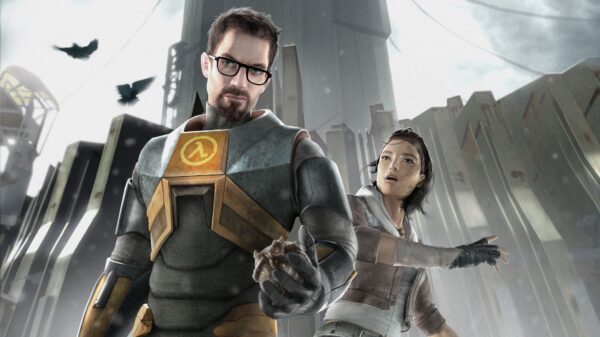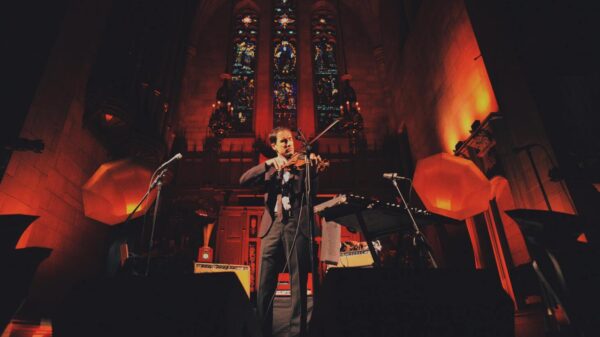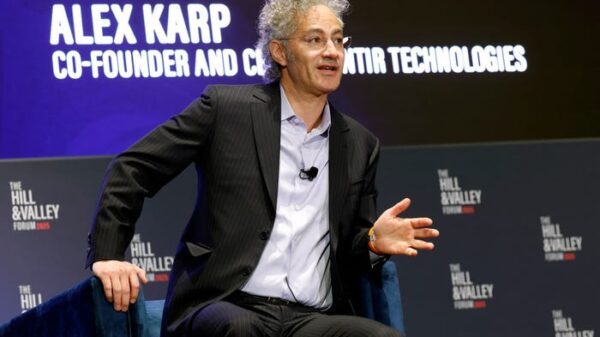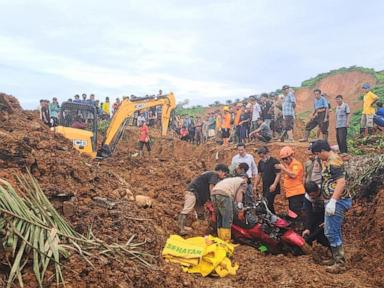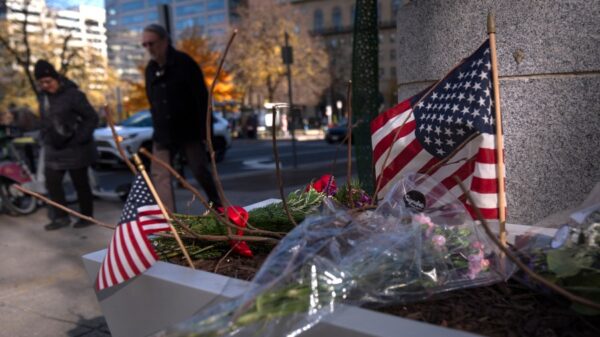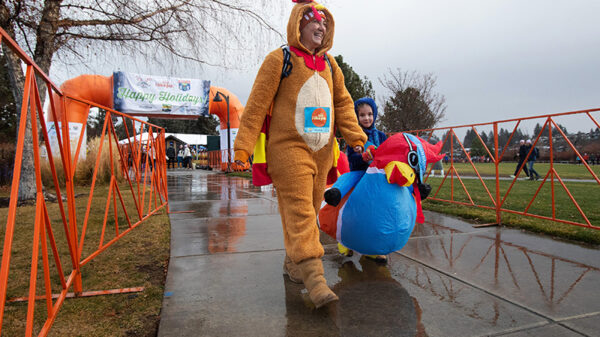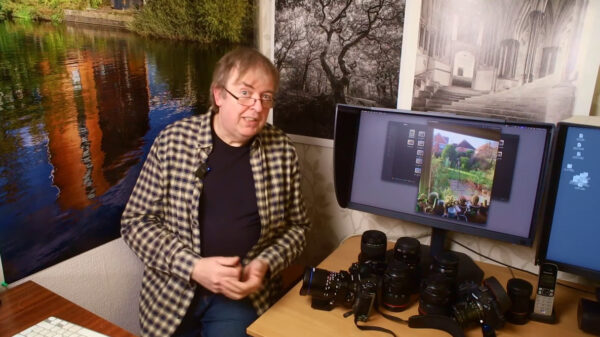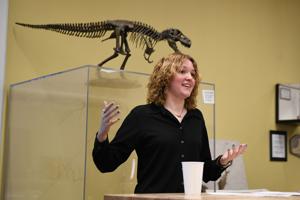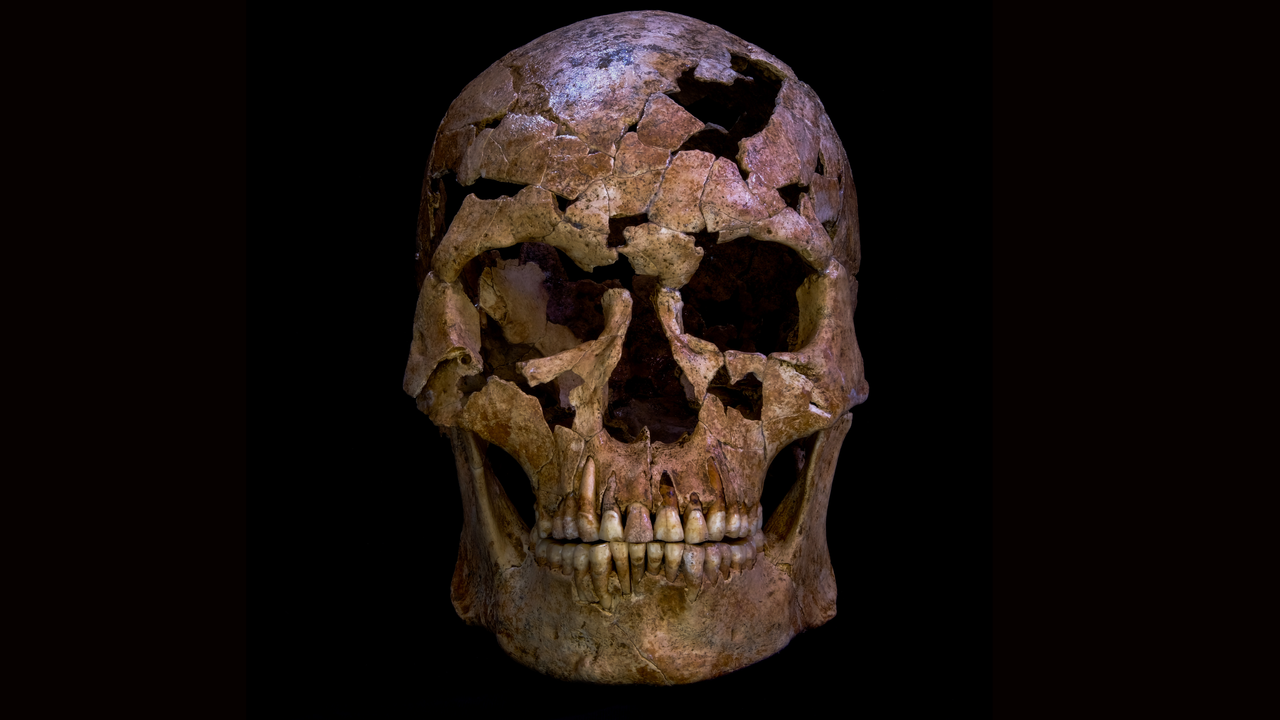BREAKING: New analysis reveals that an exotic quartz arrow may have led to the death of a man in Vietnam approximately 12,000 years ago. His remains, discovered in the Tràng An Landscape Complex, show signs of a violent injury, potentially marking the earliest evidence of interpersonal violence in Southeast Asia.
Researchers published their findings today in the journal Proceedings of the Royal Society B, detailing the skeleton known as TBH1. The man, believed to be around 35 years old at the time of death, survived the initial injury but succumbed to an infection weeks later, likely caused by complications from the wound.
The skeleton, excavated in 2018, was found buried in a fetal position, indicating a ritualistic burial. Initial assessments showed he had minor injuries but was otherwise healthy. However, a closer look revealed an anatomical anomaly: a fractured supernumerary rib near his neck that was infected. “TBH1 lived for several months after the injury occurred,” the study noted, emphasizing the dire consequences of untreated wounds.
A small, triangular quartz flake was discovered near the infected rib, identified as a “micropoint” measuring about 0.72 inches (18 millimeters) long. Researchers speculate this could have been part of a projectile used in the attack. “The point is especially intriguing,” said co-author Benjamin Utting. Its unique characteristics do not match any known tools from the site or nearby areas, raising questions about its origins and the circumstances of the injury.
The combination of the infected rib and the exotic quartz point suggests TBH1 may have been a victim of violence between hunter-gatherer groups. This discovery pushes back the timeline of violence in East Asia by several millennia, highlighting a troubling aspect of ancient human interactions.
Experts are weighing in on the implications of this study. Michael Rivera, a bioarchaeologist at the University of Hong Kong, remarked, “This quartz projectile could have been the culprit leading to an infected rib, but whether this was an act of violence or an accidental injury is difficult to assess.” Despite the circumstances of his death, Rivera notes that TBH1 likely received care from his community post-injury, reflected in his careful burial.
As scientists continue to analyze these ancient remains, the focus will be on understanding the dynamics of past human interactions. This finding not only sheds light on the individual story of TBH1 but also opens doors to further exploration of early violence and community practices in Southeast Asia.
Stay tuned for more updates as researchers delve deeper into this significant archaeological discovery.



